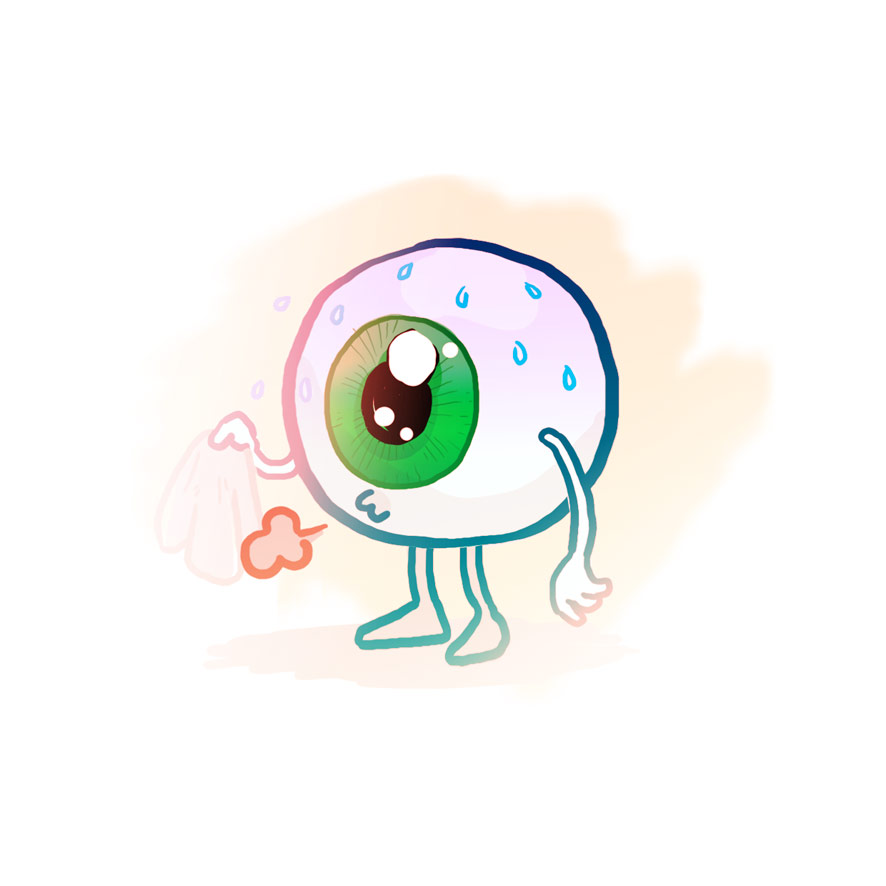
Everybody loves space, with all of those planets, stars and galaxies and such. It would be much harder to appreciate the beauty of our universe if all off those celestial wonders were jammed together like books in a library. The fact that there is not much ‘stuff’ in between them allows us to gaze in amazement at individual entities without our eyeballs being distracted by the next visual delight.
Trying to convey information graphically works in much the same way. If you don’t leave enough room between pieces of visual space, they will blur together into one confusing mess of messages. Some may think that because they have spent good money on valuable real estate, they’d best make the most of it by cramming as many things in as possible. Not only does this dilute any information you’re trying to convey, it cheapens the perception of your brand and frustrates viewers.
Negative space, unlike the name suggests, is a fundamental method of organising your information into easily consumable chunks. Combined with a good visual hierarchy, negative space allows people to navigate any form of communication clearly and concisely, absorbing relevant slices of content in order, without distraction. This is particularly important when designing websites and interactive media where the user is required to perform an action.
Our eyes are overwhelmed everyday by thousands of bits of information. Next time you are developing a piece of communication don’t flood your target audience’s brain with cluttered content, give them succinct information with lots of space for their eyeballs to ‘breathe’.

